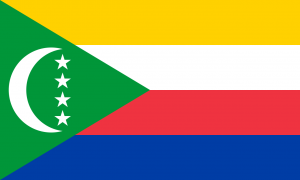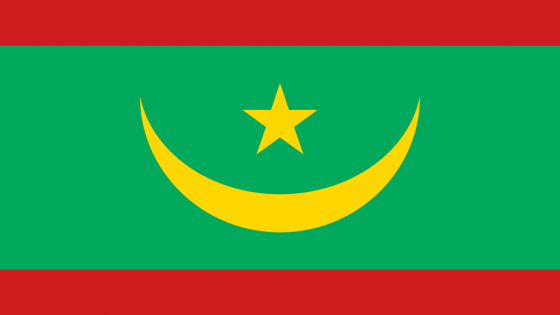
Mauritania, a vast desert nation in West Africa, offers a unique blend of Arabic traditions, Islamic culture, and nomadic heritage. Known for its vast Sahara Desert, Mauritania also has a rich history shaped by trade routes and ancient empires.
Mauritania is a land of stark beauty and ancient culture, from its vast Sahara Desert to its historic desert towns. Its rich Islamic heritage, coupled with the strong influence of nomadic traditions, offers a unique experience for travelers interested in history, culture, and nature.

